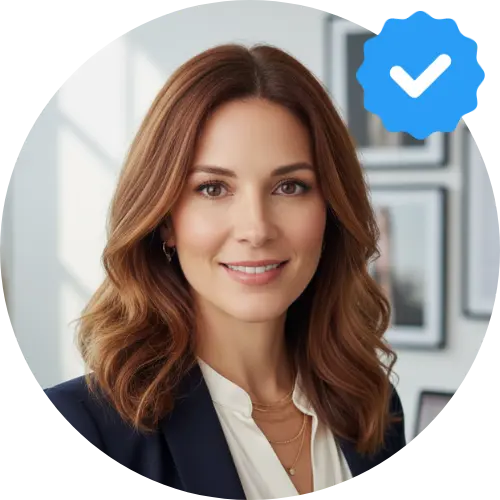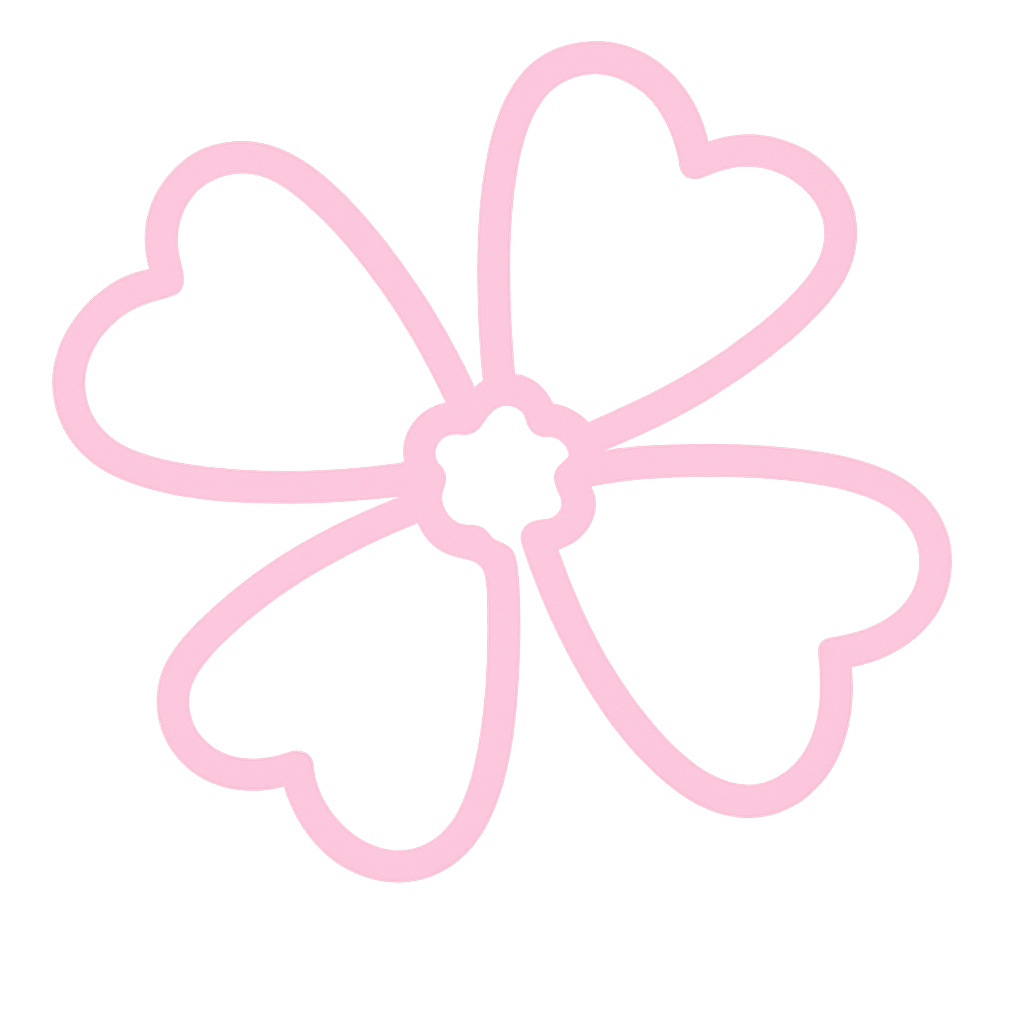Your hair is having a moment - and not the good kind. 😩 You know that feeling when you catch your reflection and think "who is this person and what happened to their hair?" Yeah, we've all been there. But here's what I've discovered after years of bad hair days and expensive salon visits: you don't need a personal stylist on speed dial to have gorgeous, healthy hair that makes you feel absolutely irresistible.
Let's be real - great hair isn't just about looking good (though that's definitely a perk). It's about feeling confident in your own skin, whether you're getting ready for a date night or just want to feel amazing when you catch yourself in the mirror. And tbh, when your hair looks good, everything else just feels... better.
Understanding Your Hair Like a Pro Stylist Would
Here's the thing most people get wrong about hair care - they treat all hair the same. But professional stylists? They're like hair detectives, analyzing everything from your scalp health to how your hair responds to humidity.
First up: your hair type isn't just about straight, wavy, or curly. It's about porosity, density, and texture. I used to think my hair was just "difficult" until I learned it's actually low-porosity fine hair that needs completely different care than my friend's thick, high-porosity curls.
The Porosity Test That Changed Everything
Drop a clean strand of hair in a glass of water. If it floats, you've got low porosity hair that repels moisture. If it sinks slowly, you're medium porosity (lucky you!). Straight to the bottom? High porosity hair that drinks up everything you give it.
This little test literally transformed my hair routine. Low porosity hair like mine needs lightweight products and heat to open the cuticles. High porosity hair needs heavier creams and proteins to fill in the gaps. Mind blown, right?
Building Your Personal Hair Care Arsenal
Professional stylists don't use a million products - they use the *right* products. Here's what actually matters in your hair care toolkit:
The Holy Trinity: Cleanse, Condition, Protect
Your shampoo should clean without stripping. Look for sulfate-free formulas if your hair is color-treated, dry, or curly. But don't fall for the "sulfates are evil" myth - some hair types actually need that deeper clean.
Conditioner is non-negotiable. Even if you have oily hair, your ends need moisture. The trick? Apply from mid-length down, never at the roots. I learned this the hard way after years of greasy-looking hair despite having dry ends.
Heat protectant is your hair's bodyguard. Even if you think you don't use heat tools that often, UV rays, blow dryers, and even hot water can damage your hair. A good heat protectant works up to 450°F and creates a barrier against environmental damage.
The Game-Changing Weekly Treatments
Professional stylists swear by weekly treatments, and now I get why. Your hair goes through a lot - pollution, styling, even sleeping on cotton pillowcases creates friction.
Deep conditioning masks aren't just for damaged hair. Think of them like moisturizer for your face - prevention is better than repair. I do a protein treatment once a month and a moisturizing mask weekly. The difference is honestly dramatic.
Styling Secrets That Make All the Difference
Ever wonder why your hair looks amazing right after a salon visit but falls flat by day two? It's not magic - it's technique.
The Foundation: How You Wash Matters
Hot water feels amazing but it's basically opening your hair cuticles and letting all the good stuff escape. Lukewarm water for washing, cool water for the final rinse. This simple switch made my hair shinier and less frizzy.
And please, for the love of good hair days, don't rub your hair with a towel. Squeeze gently with a microfiber towel or cotton t-shirt. Your hair cuticles will thank you.
Blow Drying Like a Pro
The secret to salon-worthy blowouts? Direction and tension. Always blow dry from roots to ends, following your brush. This smooths the cuticles and creates that glossy finish.
Use a round brush that's proportional to your hair length. Short hair needs smaller brushes, longer hair can handle bigger ones. And here's a pro tip I wish I'd known sooner - start with 80% dry hair. Rough dry first, then style.
Advanced Techniques for Salon-Level Results
Ready to level up? These are the techniques that separate good hair days from absolutely stunning ones.
The Art of Sectioning
Stylists don't work on all your hair at once, and neither should you. Whether you're blow drying, curling, or straightening, work in sections. It takes longer but the results are so much better.
For blow drying, I use horizontal sections about an inch thick. For curling, vertical sections work better because they create more natural-looking waves. This was honestly a game-changer for my styling routine.
Product Application That Actually Works
Less is more, but placement is everything. Lightweight products go on damp hair, heavier creams on wet hair. Oils and serums? Just on the ends of dry or nearly dry hair.
I used to glob product everywhere and wonder why my hair looked weighed down. Now I use a dime-sized amount of leave-in conditioner on mid-lengths and ends, and my hair actually moves and bounces.
Troubleshooting Common Hair Disasters
Even with the best routine, sometimes hair just doesn't cooperate. Here's how to handle the most common issues like a pro.
When Your Hair Won't Hold a Style
This usually comes down to product buildup or using the wrong products for your hair type. Fine hair gets weighed down easily, while thick hair needs more hold.
Try a clarifying shampoo once a week to remove buildup. And experiment with application - sometimes less product applied to slightly damp hair works better than more product on wet hair.
Dealing with Unexpected Frizz
Frizz is usually your hair's cry for moisture or a sign that your cuticles are damaged. A drop of hair oil on your palms, rubbed together and gently pressed over your hair can tame surface frizz instantly.
For long-term frizz control, focus on moisture and gentle handling. Silk pillowcases, microfiber towels, and regular deep conditioning treatments make a huge difference.
Creating Your Personal Hair Care Schedule
Consistency beats perfection every time. Here's how to create a routine that actually works with your lifestyle:
Daily Essentials
Not everyone needs to wash their hair daily. I wash mine every other day because it's fine and gets oily quickly, but my curly-haired friends wash once or twice a week max.
On non-wash days, dry shampoo is your friend. But use it *before* your hair gets oily, not after. Apply it at night so it has time to absorb oils while you sleep.
Weekly Maintenance
Sunday hair care is my self-care ritual. Deep conditioning treatment, gentle scalp massage, maybe a hair mask while I catch up on shows. It's relaxing and my hair always looks better all week.
Don't forget about your tools - clean brushes and combs work better and won't transfer old product buildup back to your clean hair.
When to Invest and When to Save
You don't need to spend a fortune, but some things are worth the investment. Here's where to splurge and where to save:
Worth the Investment
A good hair dryer with multiple heat and speed settings will last years and give you better results. Ionic technology really does reduce frizz - I was skeptical until I tried it.
Quality brushes make a difference too. A good round brush for blow drying and a wide-tooth comb for wet hair are essentials that last forever if you take care of them.
Where You Can Save
Drugstore shampoos and conditioners can be just as good as salon brands. Read the ingredients - you want the same sulfate-free cleansers and moisturizing ingredients regardless of price.
Heat protectants, leave-in conditioners, and styling products often have affordable dupes that work just as well. The key is finding what works for your specific hair type.
Frequently Asked Questions
How often should I trim my hair?
Every 6-8 weeks for short styles, every 8-12 weeks for longer hair. But honestly? When your ends start looking scraggly or your style loses its shape, it's time for a trim.
Can I repair damaged hair or do I need to cut it off?
You can't truly "repair" damaged hair since it's not living tissue, but you can improve its appearance and prevent further damage with protein treatments, deep conditioning, and gentle handling.
Why does my hair look great some days and terrible others?
Weather, hormones, product buildup, how you slept - so many factors affect your hair. Having a few go-to quick fixes (dry shampoo, hair oil, different styling techniques) helps you adapt.
Is it bad to wash my hair every day?
It depends on your hair type and lifestyle. Oily, fine hair might need daily washing, while dry, curly, or chemically treated hair usually doesn't. Listen to your hair, not arbitrary rules.
What's the deal with sulfate-free shampoos?
Sulfates are strong cleansers that can strip color-treated or very dry hair. But they're not inherently bad - some hair types need that level of cleansing. It's about finding what works for you.
Bottom Line
Mastering your hair care isn't about having perfect hair every single day - it's about understanding what your hair needs and having the tools and knowledge to give it that care. The confidence that comes from knowing you can handle whatever your hair throws at you? That's priceless. 💁♀️
Start with the basics - figure out your hair type, invest in a few quality products, and be consistent with your routine. Everything else is just details. Your hair (and your confidence) will thank you for it. And btw, those "effortless" styles you see on Instagram? They're not effortless at all - they just look that way because someone took the time to learn the techniques. Now you can too! ✨




